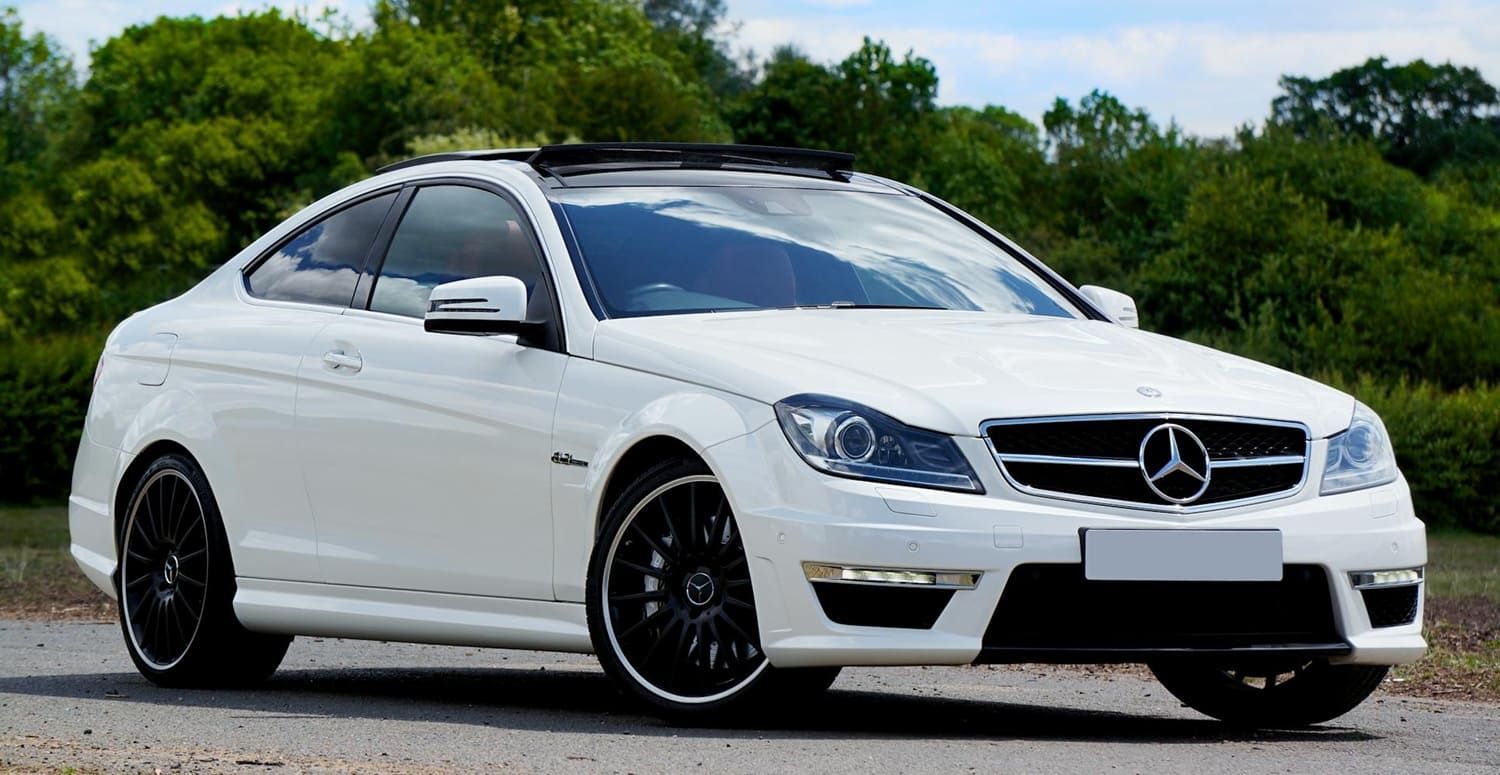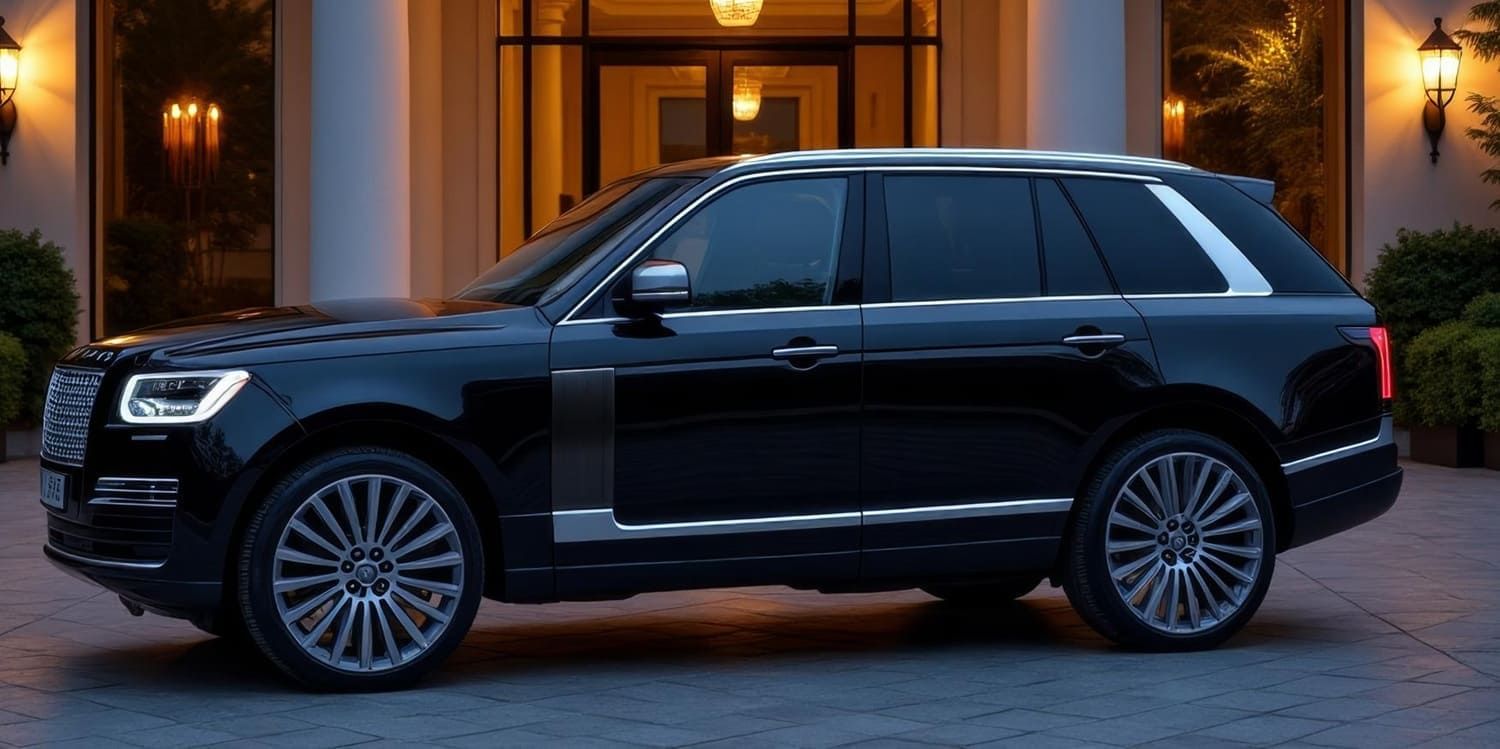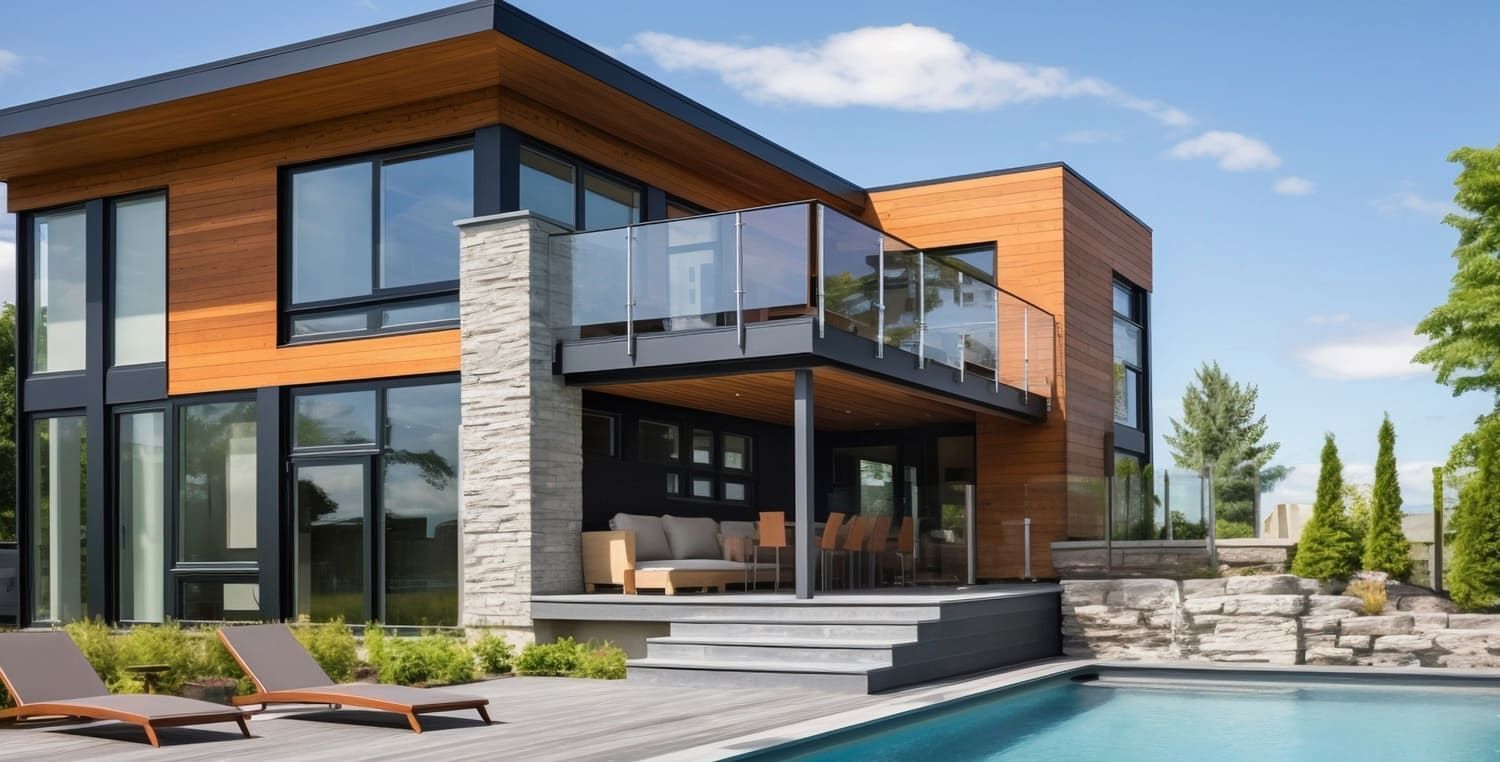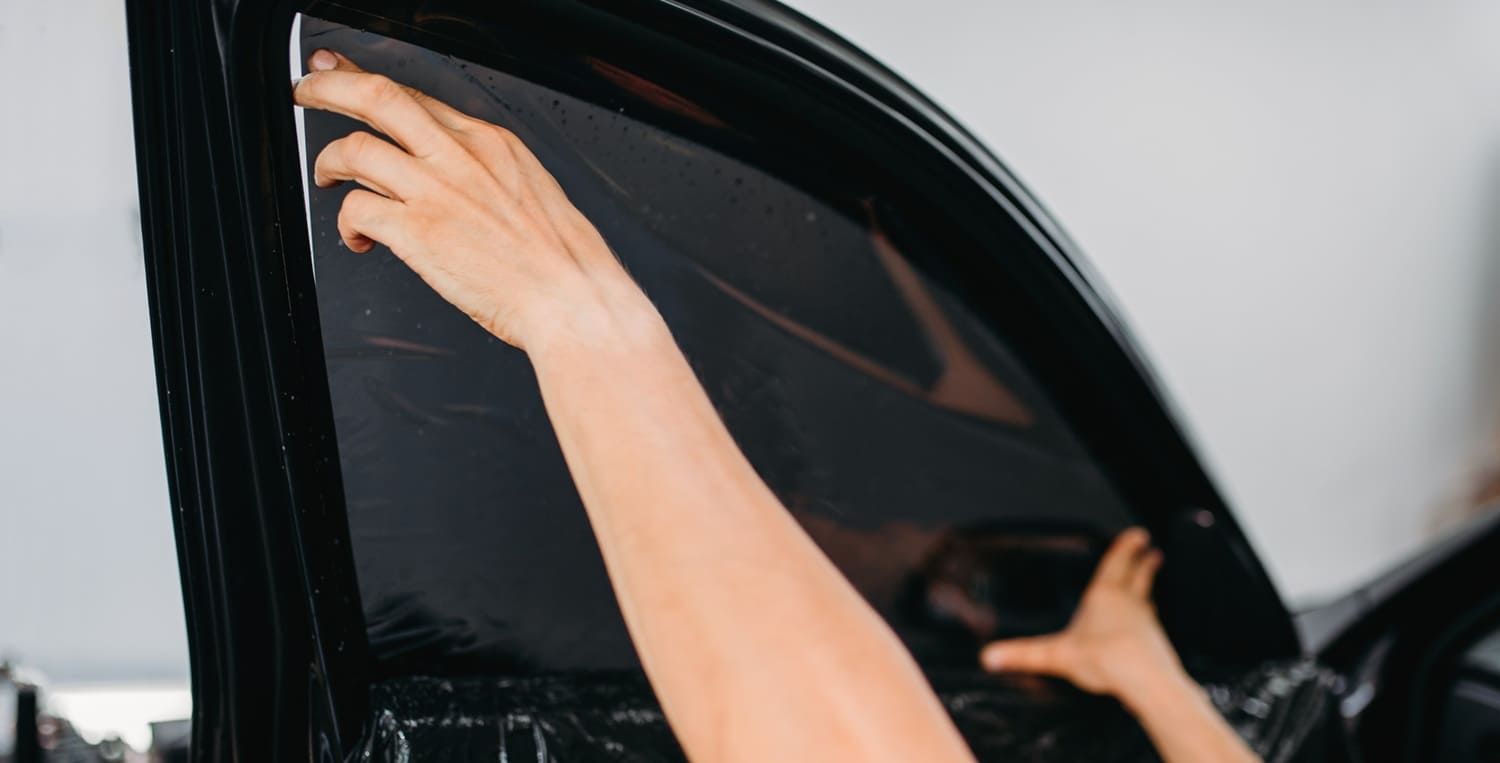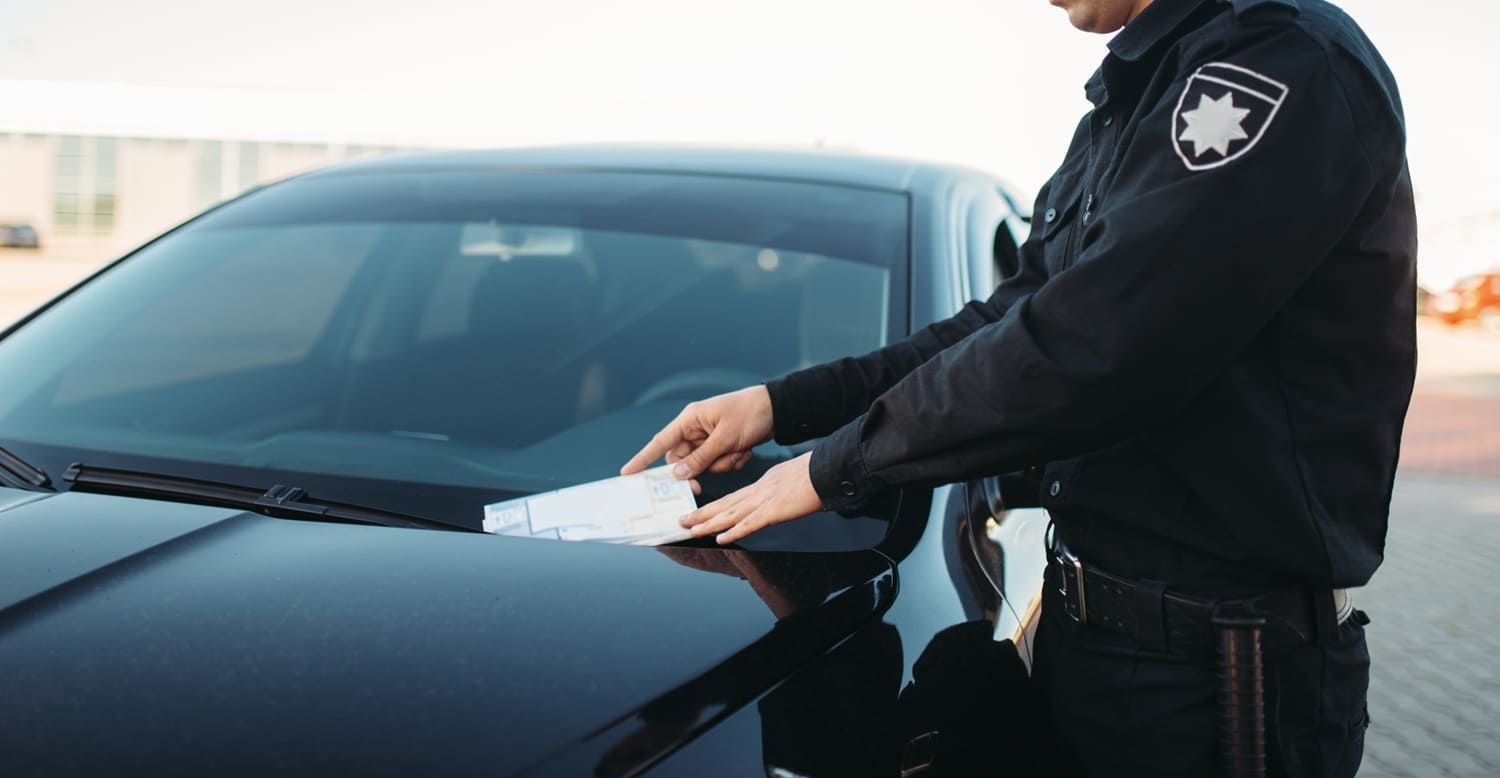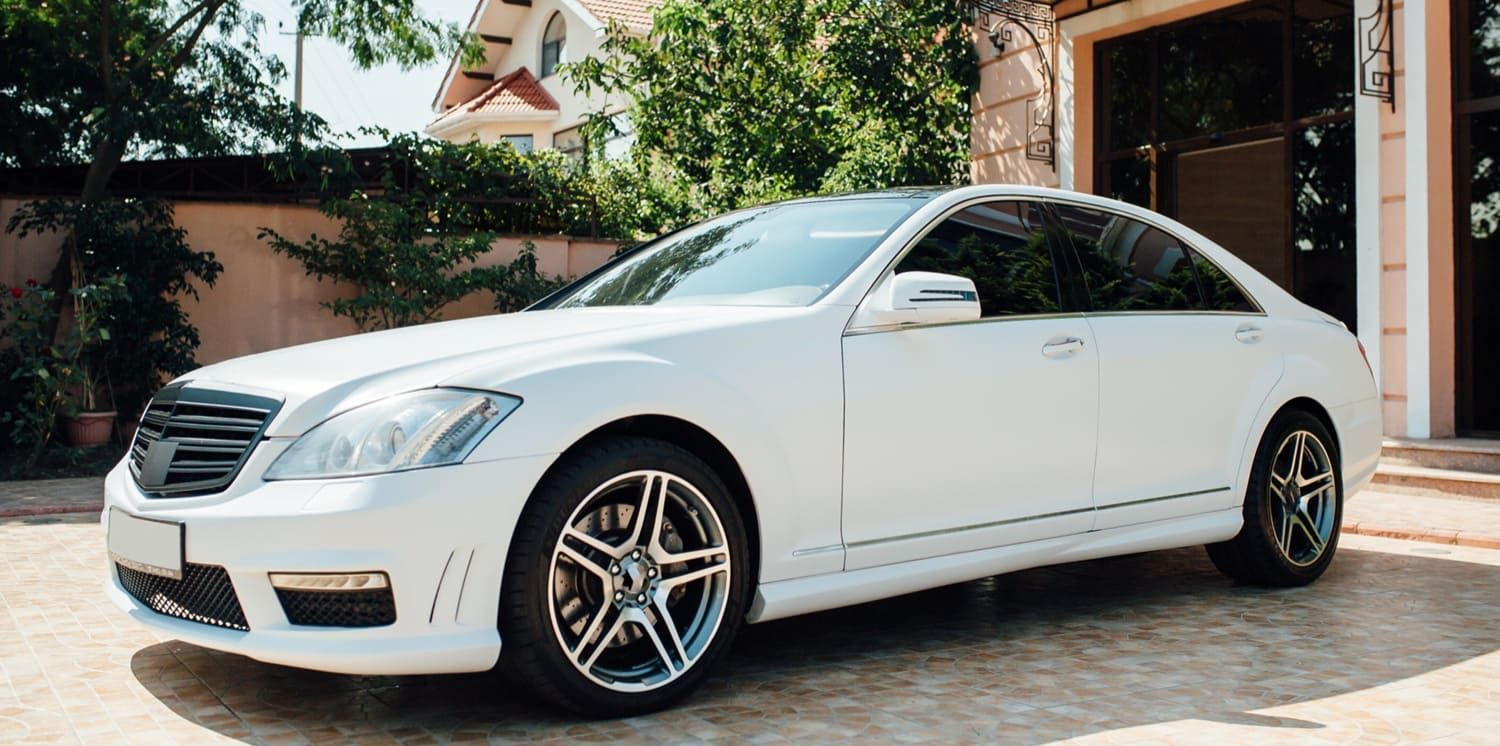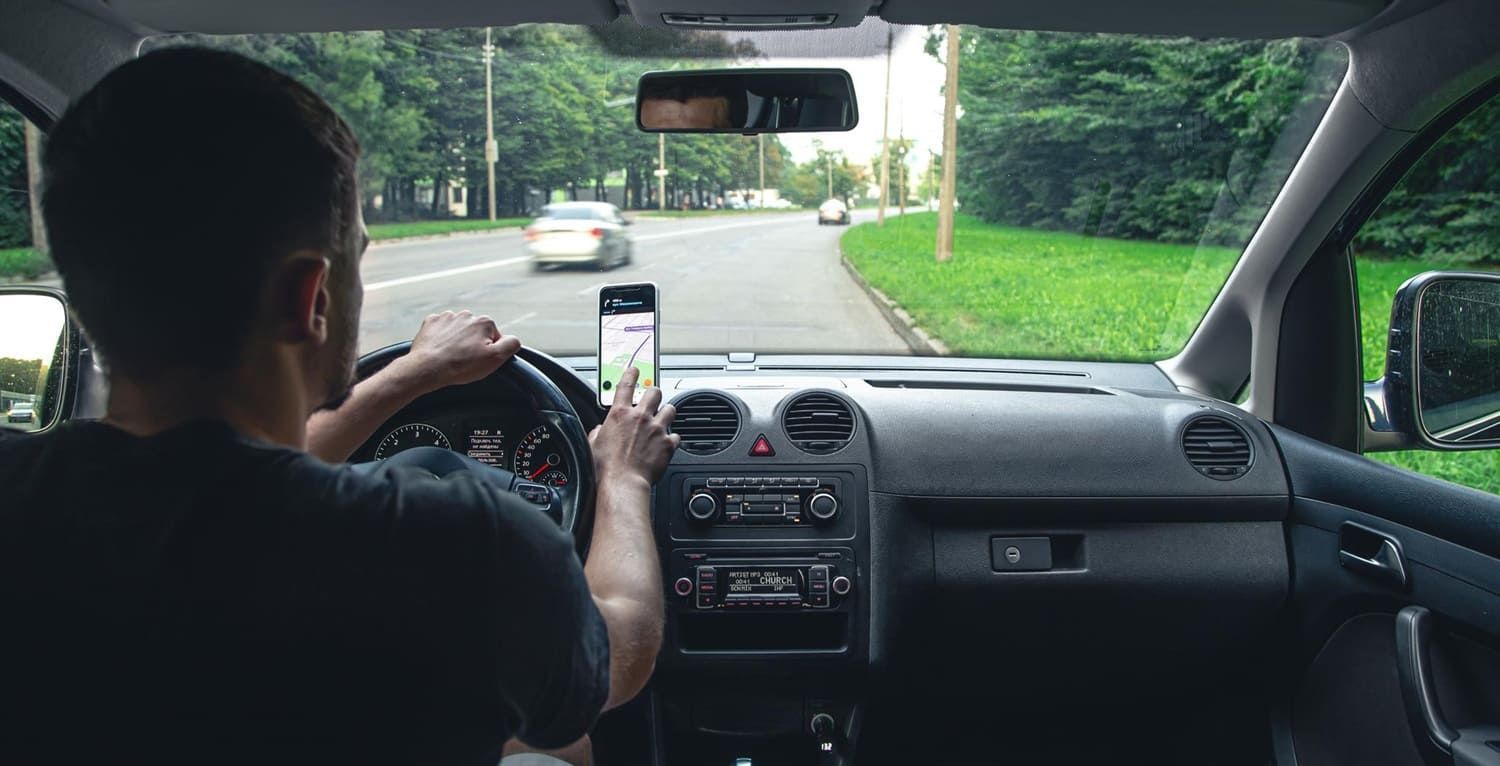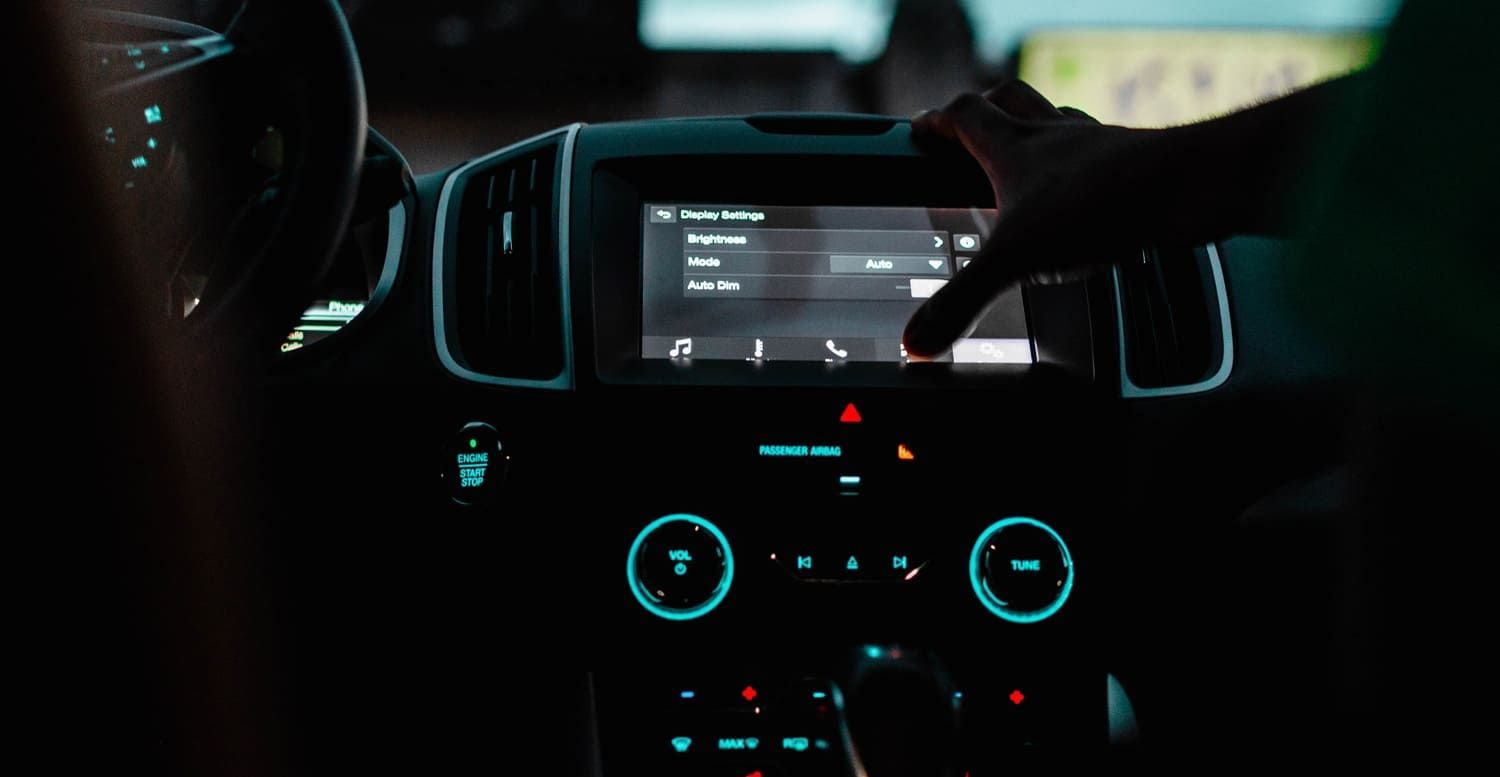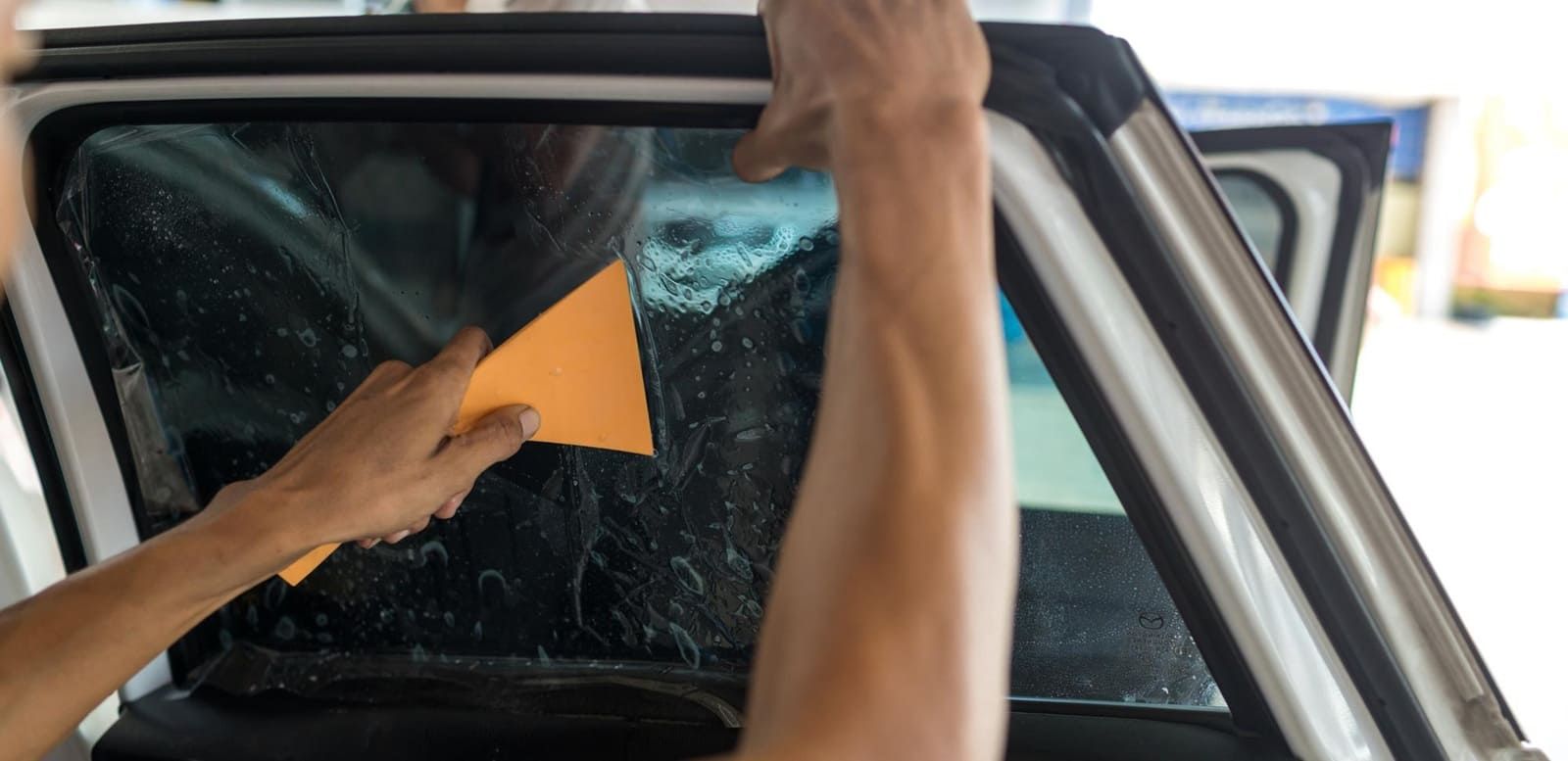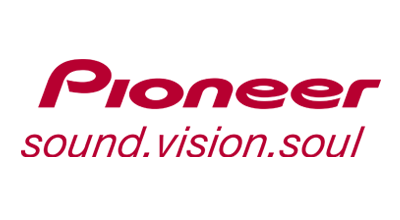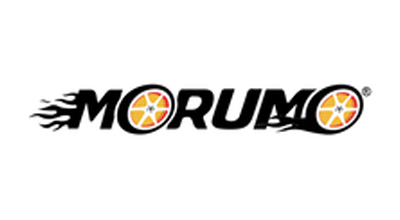Boca Raton Auto Window Tinting: Your Guide to Choosing the Right Auto Tint Percentage
What auto tint percentage is right for your vehicle? Learn about the options with tips on how to choose in this Boca Raton auto window tinting guide.
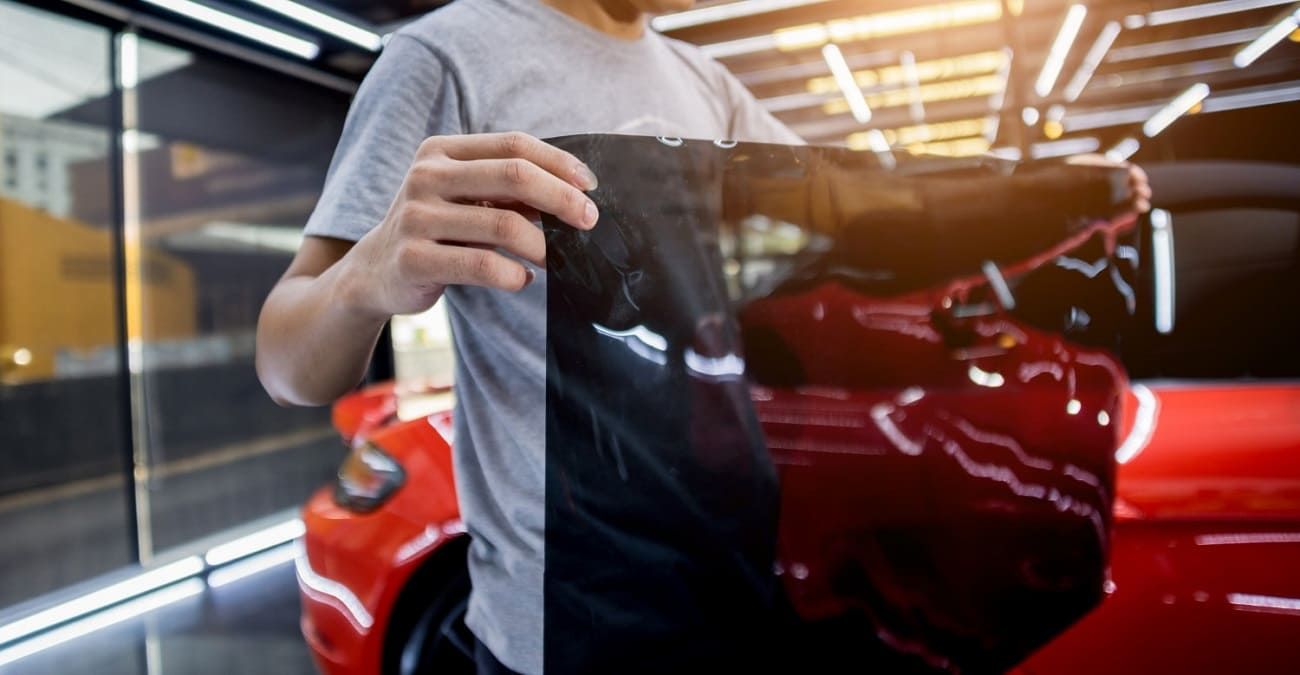
Imagine driving on a scorching summer day in Boca Raton. As the sun's rays pierce through your car windows, the cabin temperature spikes, the dashboard gets too hot to touch, and the drive becomes less than pleasant.
This is where the magic of auto window tinting comes in. It's not just about aesthetics; it's a practical solution. Window tinting film can block up to 99% of harmful UV rays, shielding both the vehicle's interior and its occupants.
But how do you decide on the right shade for your vehicle? With various auto window tint percentages available, it's crucial to make an informed choice tailored to your needs and the Florida sun.
Ready to take a closer look into the world of auto window tinting? Let's get started.
The Science Behind Auto Window Tinting
Auto window tinting isn't just about giving your car a sleek look. It's rooted in science that benefits drivers, passengers, and the vehicle itself.
When sunlight hits your car window, three kinds of radiation try to pass through: ultraviolet (UV) radiation, visible light, and infrared (IR). Window tints primarily target UV and IR rays.
UV rays can harm your skin and speed up your car interior's wear and tear. Quality window tints block almost 99% of these rays, helping protect you and your car's interior.
IR rays, on the other hand, are responsible for the heat you feel. Tints reduce these rays, keeping your vehicle cooler.
Understanding Tint Percentages
The world of auto window tint percentages can be a tad confusing for newcomers. So, let's break it down.
Tint percentage refers to the amount of visible light allowed through your car's window glass and the film. A higher percentage means the tint is lighter, while a lower percentage means the tint is darker.
For instance, if you hear someone mention a 70% tint, it means the tint allows 70% of the light to pass through. This tint would be relatively light. On the flip side, a 20% tint allows only 20% of the light in, making it much darker.
But with the various tint percentages for cars available, how do you pick the right one? The answer depends on many factors like your personal preference, the purpose of the vehicle, and of course, state laws. Florida tint percentage laws have specific guidelines on what's allowed, making it essential to be informed before making a choice.
Benefits of Different Tint Percentages
Every shade in the auto window tinting spectrum serves a purpose. Let's explore some of the benefits each offers.
Light Tints (50% and above)
These are the lighter shades. They provide a subtle look without drastically changing your car's appearance. Light tints offer decent UV protection, ensuring the sun's harmful rays don't damage your car interior or your skin.
Medium Tints (30%-50%)
Medium tints strike a balance between aesthetics and function. With these shades, you get better UV protection than light tints. They also offer an enhanced level of privacy without making the interiors too dark.
Dark Tints (below 30%)
The kings of privacy, dark tints are for those who want maximum protection. These shades significantly reduce heat and block a huge chunk of UV rays. When you want the car interior to stay cool and private, these are your go-to options.
Florida's Tinting Laws and Regulations
Choosing the right tint is not just about preference; it's about following the rules too. Florida tint percentage laws set clear standards on how dark or reflective your window tint can be.
For front side windows, Florida allows more than 28% tint darkness with a 15% variance. For backside and rear windows, the allowed percentage is more than 15% tint darkness with a 15% variance.
Reflectiveness can help reduce incoming light and reject glare. However, Florida laws dictate that front side and backside windows should not be more reflective than a standard window.
Always make sure you adhere to these guidelines. While you want your car to look its best, you also want it to be on the right side of the law.
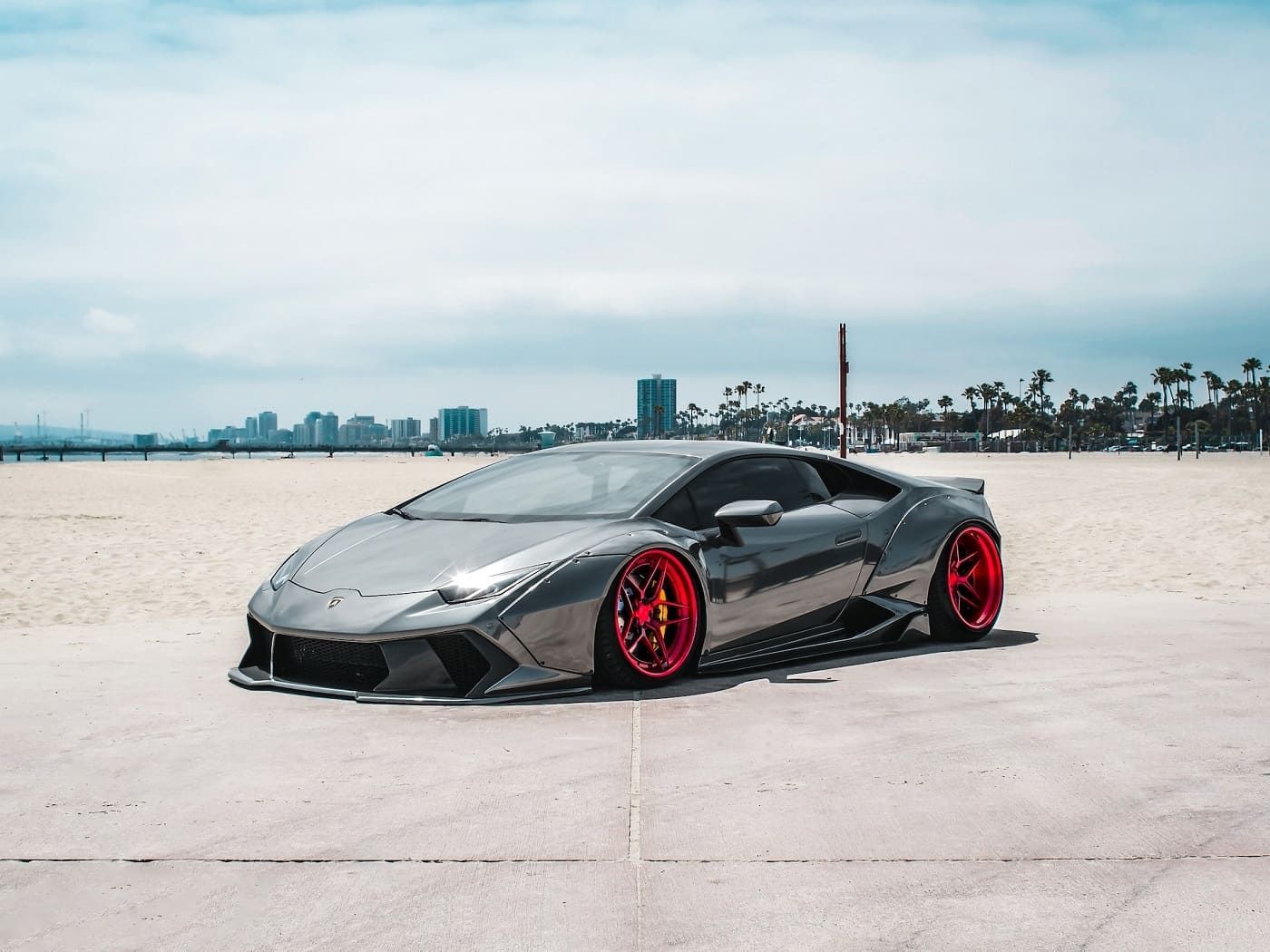
Factors to Consider When Choosing Tint Percentage
Selecting the right auto window tint percentages is more than just aesthetics. Your choice can influence comfort, safety, and even legal compliance. Here's a guide to help you make an informed decision.
Visibility at Night
Darker tints may reduce your visibility at night. If you do a lot of nighttime driving, consider opting for a lighter tint. This ensures you have clear visibility when lighting is limited.
Privacy Needs
Some people prefer darker tints for increased privacy. Whether you're protecting valuables in your car or you simply value your personal space, a darker tint can keep prying eyes out.
Vehicle Use
Do you use your vehicle mainly for personal trips, or is it a work vehicle? Business vehicles might benefit from lighter tints for better visibility, while personal cars can lean more towards the owner's preference.
Heat Reduction
In places like Boca Raton, where the sun can get pretty intense, tints play a role in keeping your car's interior cool. Darker tints generally offer better heat reduction, keeping the inside of your car comfortable even in the hottest months.
Local Laws and Regulations
Each state, including Florida, has specific guidelines about tint percentages for cars. Before making a decision, ensure that your choice complies with Florida tint percentage laws to avoid any potential legal issues.
Aesthetics
Lastly, consider how the tint will look on your vehicle. Think about your car's color and design. Some colors pair well with darker tints, while others might look better with a lighter shade.
Your choice in tint percentage will ultimately be a balance of these factors. Remember to consider all these aspects and consult with experts if you're unsure.
Making the Right Tinting Decision in Boca Raton
The art of auto window tinting is more than just adding a stylish touch. It's a decision that impacts comfort, safety, and your car's overall look. Boca Raton's sunny climate makes window tinting in Boca Raton a necessity rather than a luxury.
With Boca Tint & Audio, you get to blend expertise with top-notch service. Remember, it's not about just any tint; it's about the right tint. You can request a free estimate from us today for all your tinting needs.



